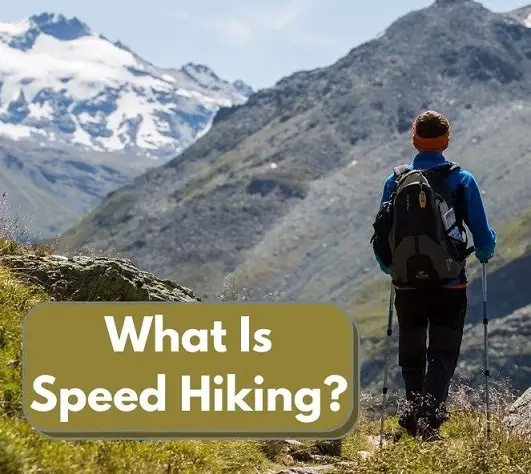We stay on top of the current trends in outdoor sports for our readers, and the topic of speed hiking has been on our radar for a while now. Many of our readers want to know: what is speed hiking?
Speed hiking is simply rapid hiking, and involves hiking longer distances over rough terrain (both on and off-trail) while moving quickly and without much gear. Speed hiking is essentially a cross between trail running, hiking, and backpacking.
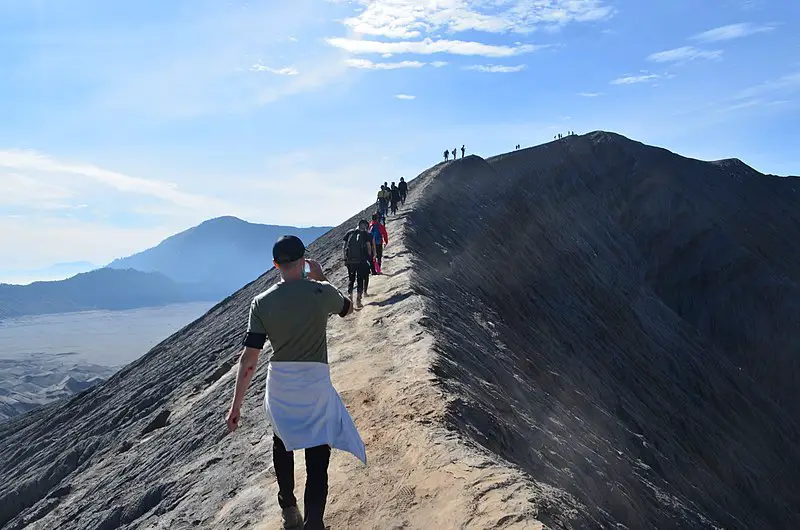
Hiking, Speed Hiking, Fastpacking, And Trail Running: What’s The Difference?
Hiking
Hiking is generally done at a leisurely pace (approx 2 MPH) and allows you to really soak up the scenery as you hike.
Speed Hiking
Speed hiking is essentially hiking done at a faster pace (approx 3-5 MPH), but does not involve running.
Speed hikes are intended to be same-day hikes (not overnight), and allow you to cover more ground faster, allowing more of the trail to be experienced and more outdoor scenery to be enjoyed.
Fastpacking
Fastpacking is done at similar speeds to speed hiking, but involves overnight stays.
Fastpacking is typically more about the destination than the journey.
Trail Running
Trail running is very self-explanatory: it involves running on trails, covering ground much faster than hiking or speed hiking (approx 7-10 MPH).
Trail running usually demands a higher level of fitness than other forms of hiking.
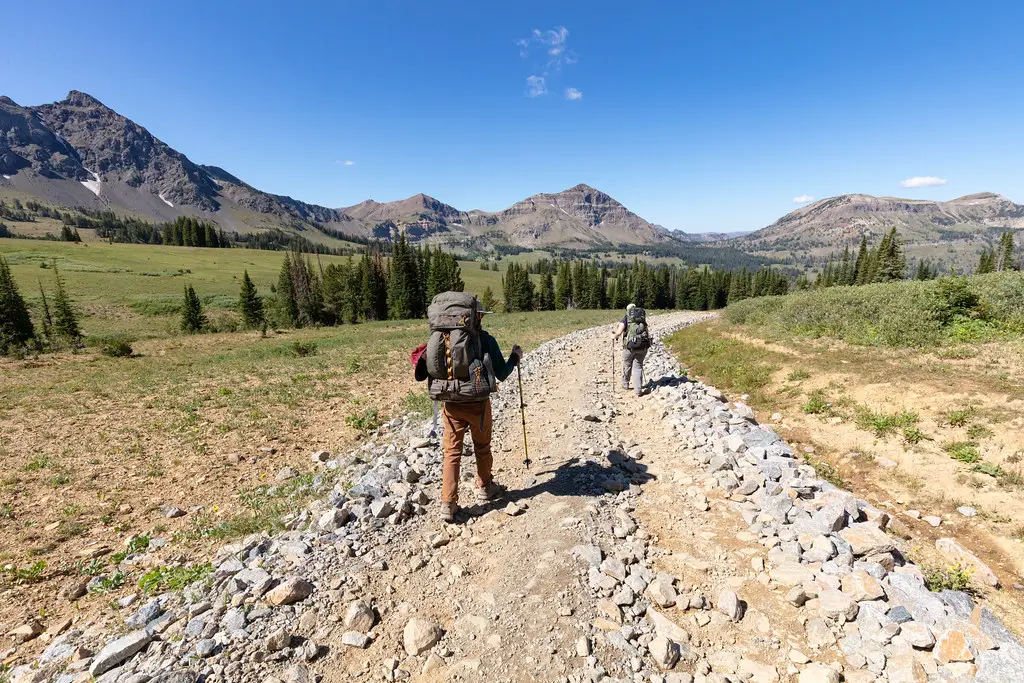
What’s So Great About Speed Hiking?
Speed hiking is easy to do and approachable for hiker of all fitness levels and increases the physical benefits of hiking in the following ways:
Speed Hiking Offers Improved Cardio Benefits
Speed hiking gets your heart rate higher than traditional hiking, offering a better cardio workout.
Speed Hiking Is Easier On Your Joints Than Trail Running
Running of any type – especially trail running on rough surfaces – can be particularly hard on your knees and joints.
Speed hiking offers the increased cardio of trail running without the hard impact, making it a better choice for those with joint or other mobility issues.
Speed Hiking Lets You See More Of The Outdoors
Sometimes there are some really cool landmarks or focal points of the trail that you may not have time to see if you get there hiking at a slower pace.
Speed hiking allows you to see more of the trail within the same amount of time.
Speed Hiking Improves Your Hiking Abilities
You’ll be covering more terrain while speed hiking, which will exercise your muscle groups more and allow you to progress your hiking skills at a faster rate than traditional hiking, making you more prepared for future hikes.
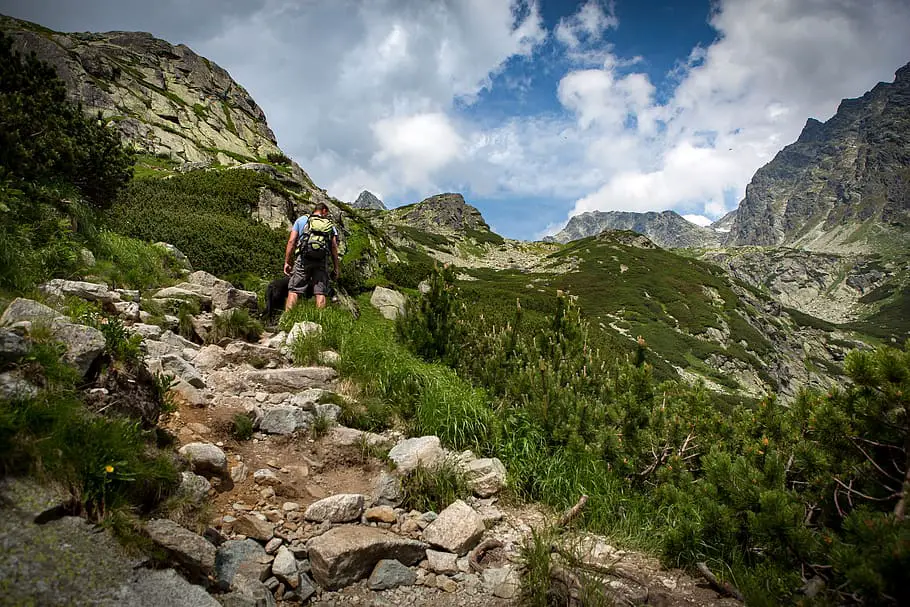
How Do I Get Started Speed Hiking?
Just like regular hiking, there are no hard and fast rules on where, when, or for how long speed hiking needs to be.
Just hit the trail with your current hiking gear and try to stay mindful about keeping a quicker pace than normal on the trail.
Where Can I Go Speed Hiking At?
Because speed hiking is intended to be a single-day journey and you won’t have tons of supplies with you, we recommend sticking to established trails like those found in any national park (or your local hiking trail you’re familiar with).
Just plan ahead and check the trail map and forecast so you’re well prepared for your hike.
What Equipment Will I Need For Speed Hiking?
You don’t need any special equipment for speed hiking – just grab your weather-appropriate hiking gear and proper hiking footwear.
You should pack as light as possible but still bring water and enough snacks or food to keep you well-taken care of during your trip.
If you need some gear before hitting the trail, check out our guides on what to wear hiking in fall, how to carry water while hiking, our top picks for the best men’s hiking boots under $100, and best women’s hiking boots under $100 for some great suggestions.
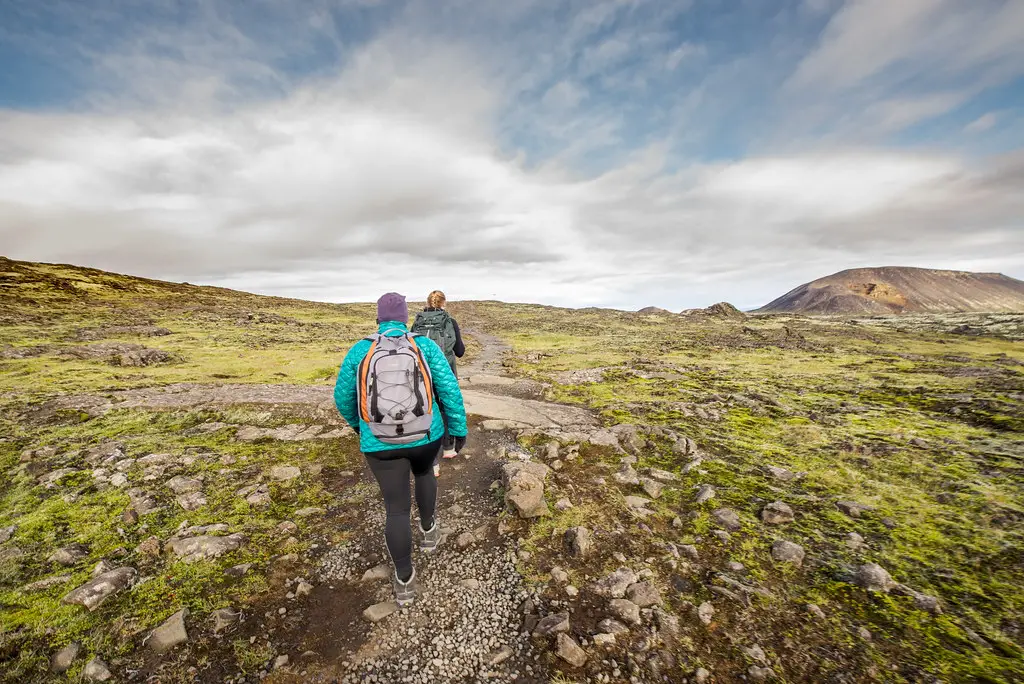
Speed Hiking Tips
Just like anything else in life, it’s best you come prepared in order to get the most out of your speed hiking experience. Follow these tips and you’ll be enjoying speed hiking in no time.
Train Your Body Before You Hit The Trail
The same goes for regular hiking: your general fitness level will determine how quickly and how long you can hit the trail for.
Running or jogging on a treadmill or on an outdoor footpath will help you train for the trail, as will exercises like lunges, step-ups, squats, and stair climbing.
Check out our guide on exercises that give you explosive power for hiking uphill for a full walkthrough.
Reduce Your Overall Hiking Gear Weight
The total weight of your hiking gear is going to play a big role since you’ll be covering more ground.
The rule of thumb to follow is that if you don’t need it, don’t bring it!
At a minimum, be sure to bring a small day pack with water, lightweight snacks, a GPS or map, a light source, and trekking poles if needed.
Be Mindful About Your Hiking Pace
Don’t fall into the trap of hiking at the same pace you normally walk if your intention is to speed hike.
Try to get your legs one in front of the other as quickly as possible while you’re on the trail to maintain a good speed hiking pace.
Bring Along Trekking Poles
Trekking poles can add quite a bit of speed to your hikes because they provide you with extra stability and control, allowing you to focus on your next step rather than worry about your current footing.
Trekking poles also get your arms into the hiking action, helping to propel you faster than just your legs.
Shorten Your Stride Uphill, Lengthen Your Stride Downhill
Shortening your uphill strides will assist you to conserve energy and increase speed. Using longer strides downhill does the same.
It’s wise to save energy and increase speed where you can – this will add up and pay big dividends throughout your speed hike!
Frequently Asked Questions About Speed Hiking
Speed hiking is simply rapid hiking, and involves hiking longer distances over rough terrain (both on and off-trail) while moving quickly and without much gear.
Speed hiking is essentially a cross between trail running, hiking, and backpacking.
Speed hiking is about twice as fast as traditional hiking, with speed hiking keeping a pace of 3-5 MPH and regular hiking’s pace averaging 2 MPH.
The best foods to bring on any kind of hike (including speed hikes) are foods that are compact, lightweight, and offer enough calories to provide you sustained healthy energy.
Energy bars, protein bars, dehydrated foods like dried fruit and meats, and sports gels are all great foods to bring hiking.

